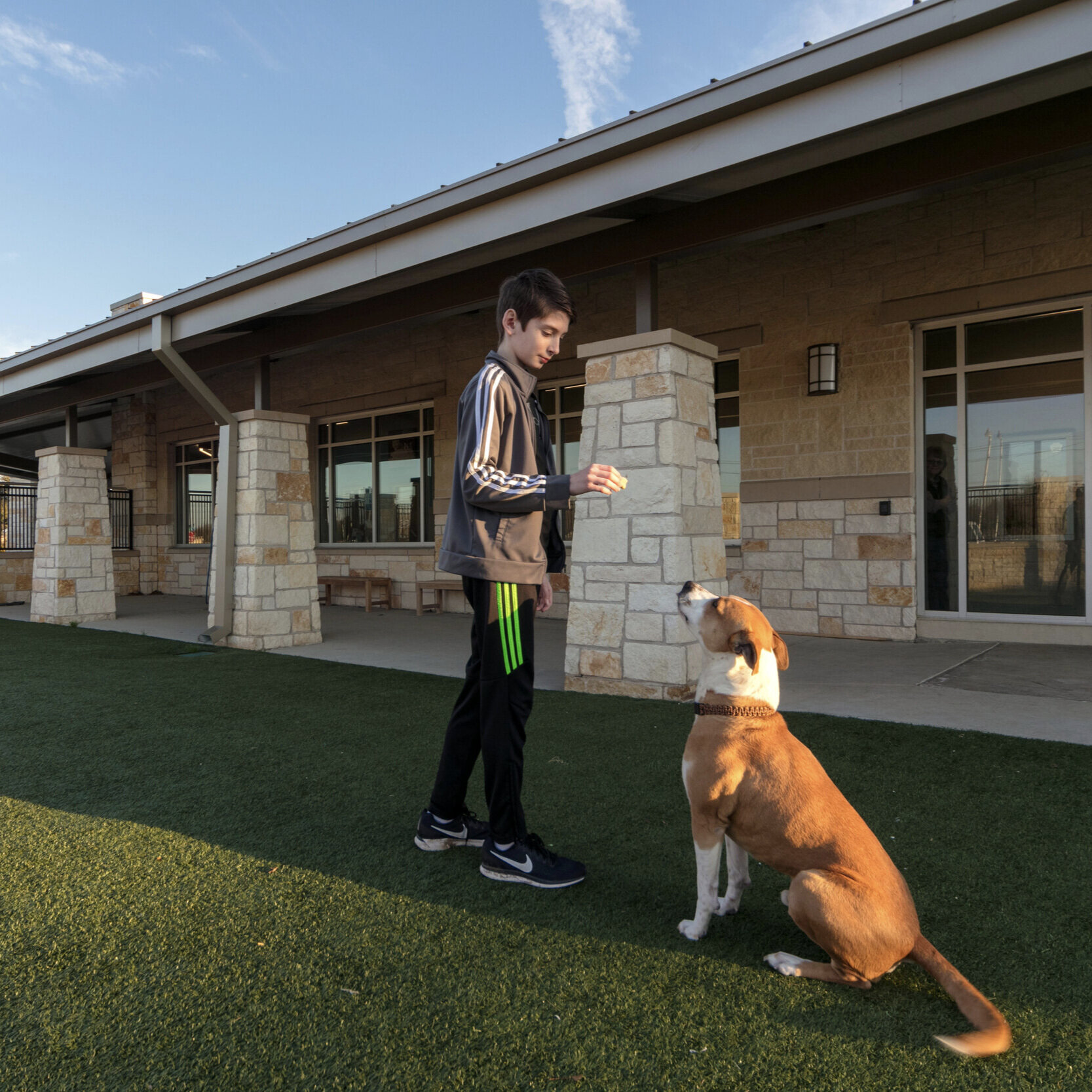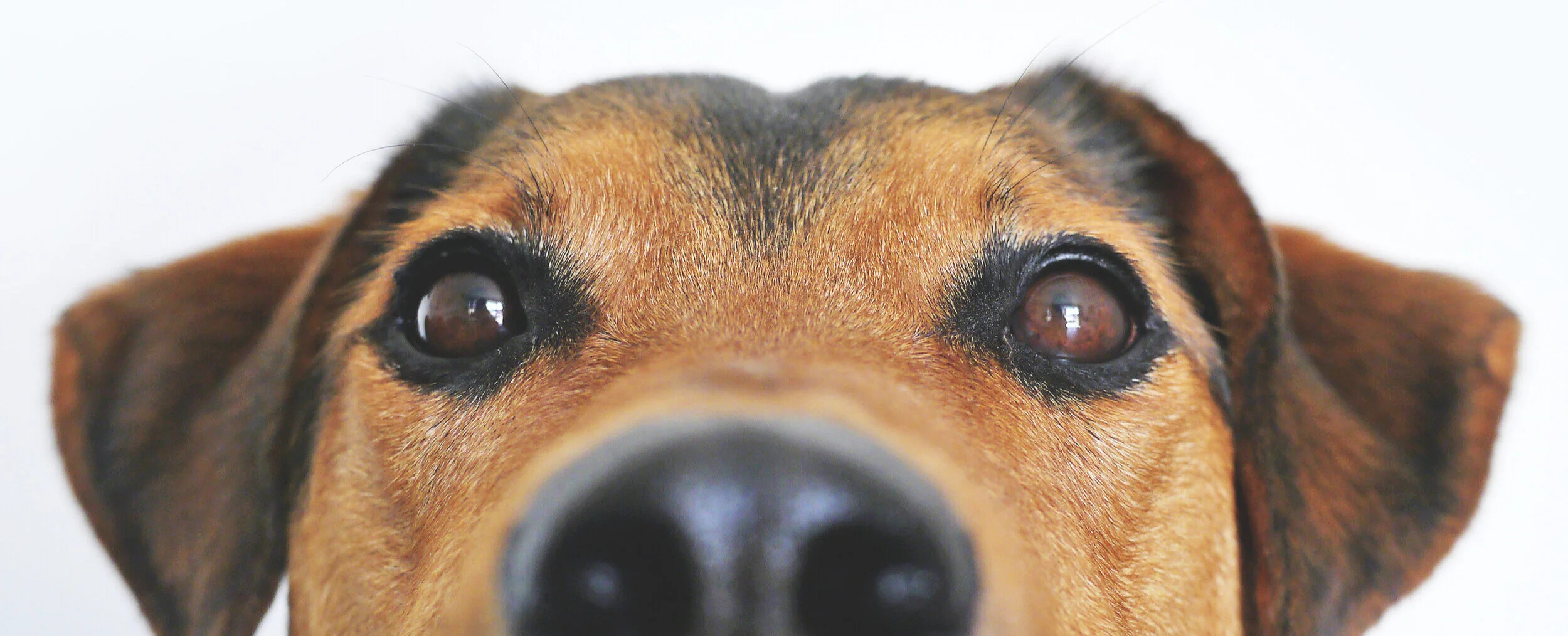HOW QUORUM APPROACHES ANIMAL CARE DESIGN
Happiness is not a word traditionally associated with animal shelters. Only a decade ago, most were dark, noisy, smelly places where members of a community went—if they did at all—every ten to fifteen years when they wanted a new pet.
While pet adoptions have risen steadily since, many municipalities are still dealing with the likes of cracked floors and ventilation issues in their older buildings.
Building a new adoption and care facility provides a clear solution. But the absence of proper expertise can lead to mistakes in the process and result in new issues that can adversely impact the health of both animals and humans in a community for years to come.
Quorum has completed more than 50 animal care facility projects across Texas. With a genuine commitment to animal welfare, we’ve worked with local officials across the state to build shelters that go far beyond building better structures and upgrading materials.
“Based on the number of animal shelters you have designed, we were able to avoid many of the challenges other facilities faced with new construction.”
We work closely with each of our clients to understand their unique objectives. Our planning and design process supports animal adoption centers in becoming integrated parts of communities, saving lives and encouraging residents to invite animals to be part of their families.
Good design is good for animals. It ensures they move safely and with minimal stress from homelessness to adoption. Just as important, it makes for fun and hopeful places where people want to be. In short, it’s about creating environments that promote happiness.
And when it comes to design, retaining experienced professional teams allows municipalities to avoid common—and frequently expensive—problems faced by other facilities. To build animal care structures that will last decades rather than years, the smallest of details can make a big difference.
We’ve been involved in dozens of projects over the past two decades, with clients facing a wide range of goals and challenges. While we approach each as unique, there are several common considerations we’ve found to form the basis for success.
Start at the front door.
Effective design welcomes everyone, from potential adopters to volunteers, to come in often and be part of a like-minded group of animal lovers. It facilitates pleasant and positive adoption processes, offering a feel-good alternative to breeders and benefitting the community overall.
“(Quorum paid) constant attention to light, color, flow and durability of the materials we chose.”
Inviting facilities that get people in the door and animals out.
From cat towers where felines can climb and play to spaces where dogs can chill (and listen to relaxing music made just for them) providing a “retail” environment allows those looking to adopt to get a sense of their potential pet’s personality. It’s among the surest ways to close the sale and help an animal find a forever home.
Attractive, engaging spaces are also a means to build new revenue streams through actual retail sales of pet products and special events including birthday parties and “yappy hours”.
Functional learning spaces for staff and the community.
Community education is key not only for encouraging adoption, but also for lowering surrender rates. Quorum’s designs include comfortable spaces for teaching school-aged children about the realities of adopting an animal, as well as areas for safe visits with potential pets. In putting these rooms to use, staff and volunteers can ensure more dogs and cats find homes with educated, responsible owners.
Noise and light functionalities to reduce animal stress and allow staff to provide safe, efficient care.
The science of animal care has provided clear direction on the need for natural light, space and relative quiet for all of the tenants in facilities. Installing Solatubes to provide natural light, for example, keeps a dog’s circadian rhythm on track, so they know the difference between night and day. And noise-minimal holding units mean less stress for animals and those who care for them. All of this contributes to successful adjustments in adoptive homes.
Quorum stays on top of the latest data to keep facility design in line with best practices while keeping a strict eye to the budgetary mandates of our clients.
High-quality air exchange systems and durable, functional materials.
Even allowing for space for individual animals based on best practices, large numbers of cats and dogs, housed for the most part indoors, present air quality and waste management challenges. Ensuring 100 percent outside ventilation with upwards of 20 air exchanges per hour, combined with durable materials and water drainage systems for maximum cleanliness, are essential for the comfort of animals and staff.
Interior design that provides a consistent look throughout the facility.
Determining the right aesthetic — whether it’s sleek and modern or ranch rustic — to be found throughout a facility is one of the most important decisions a building committee will make.
In addition to our architectural expertise, Quorum boasts a full interior design team with the talent and experience to marry function with finishes that appeal to animals and humans alike.
To learn more about our animal care design capabilities and how they can be put to work for your community’s facility, contact Kim Dowdy, Director of Animal Care Design or David Duman, Director of Municipal Design.





